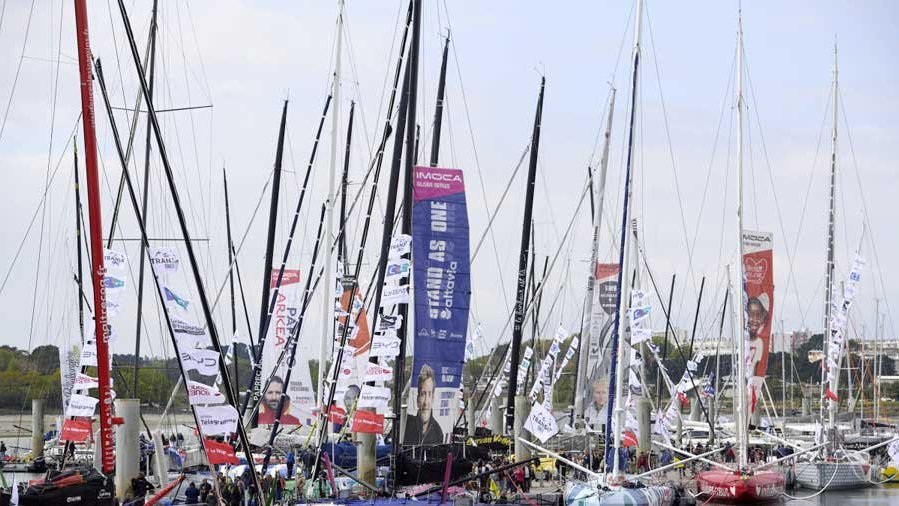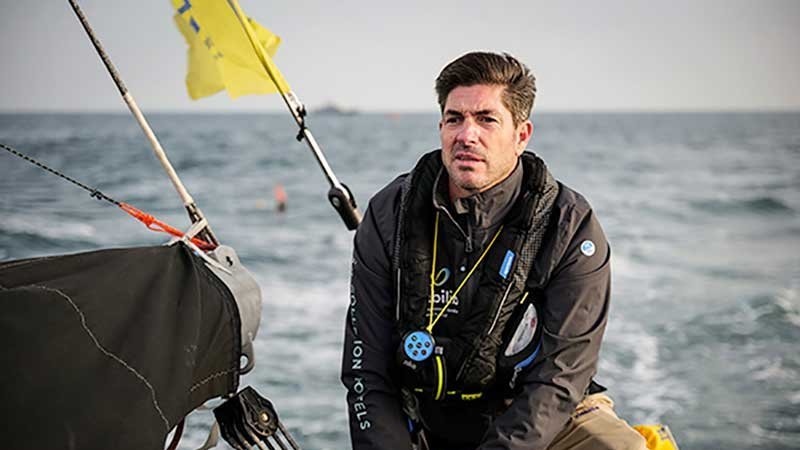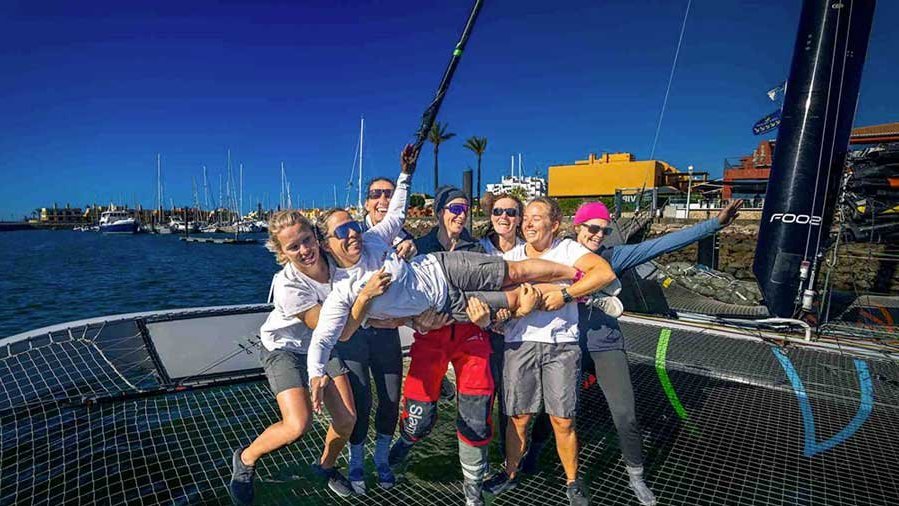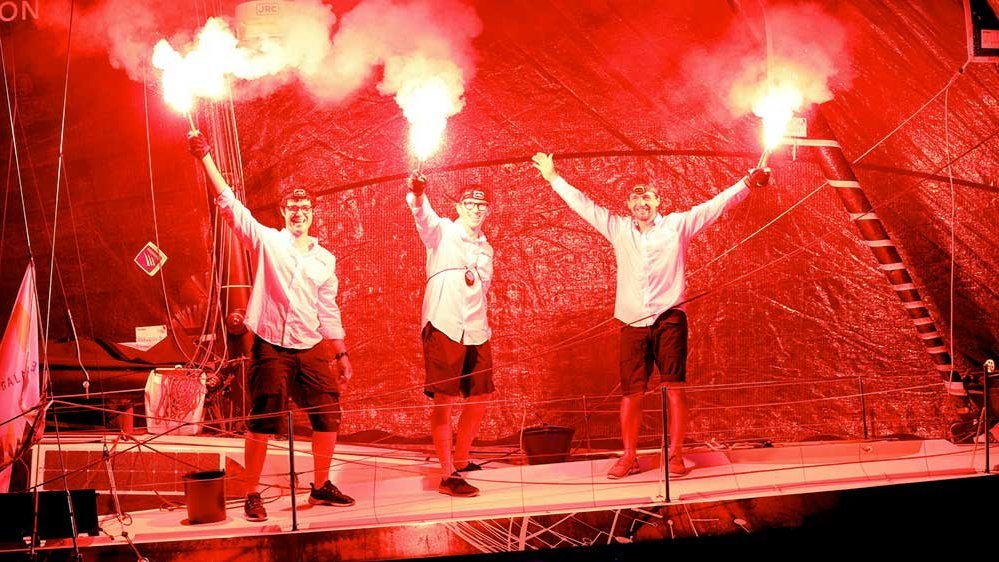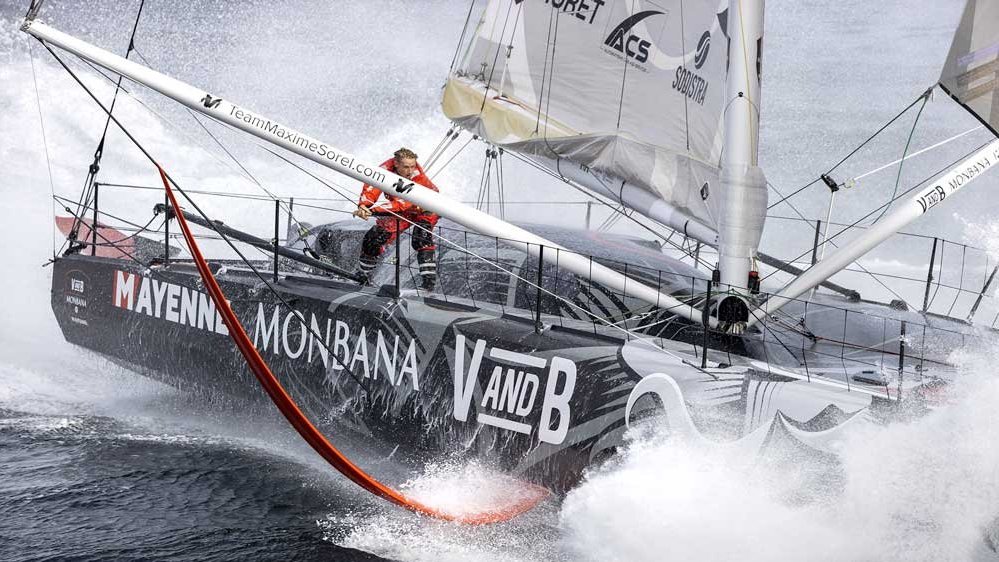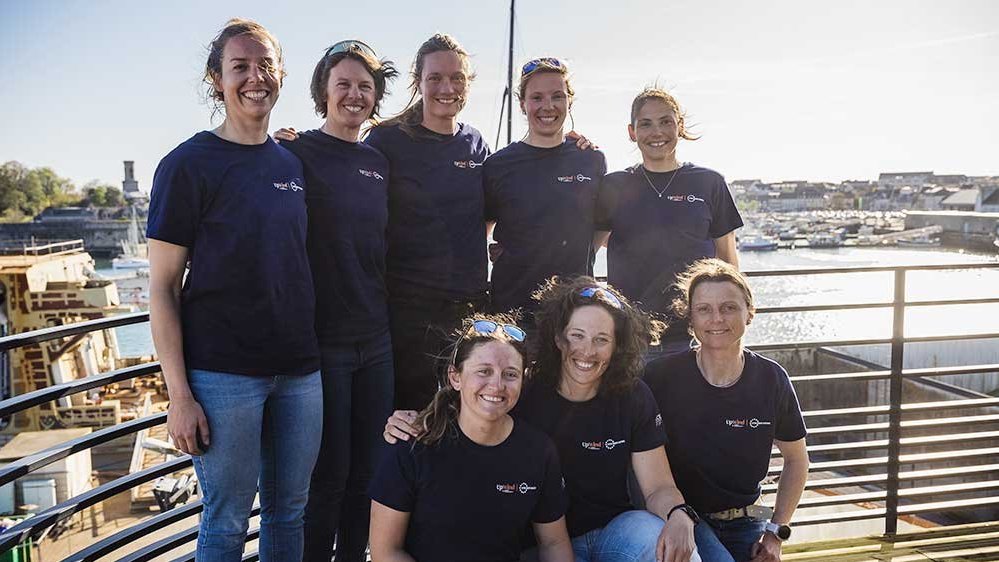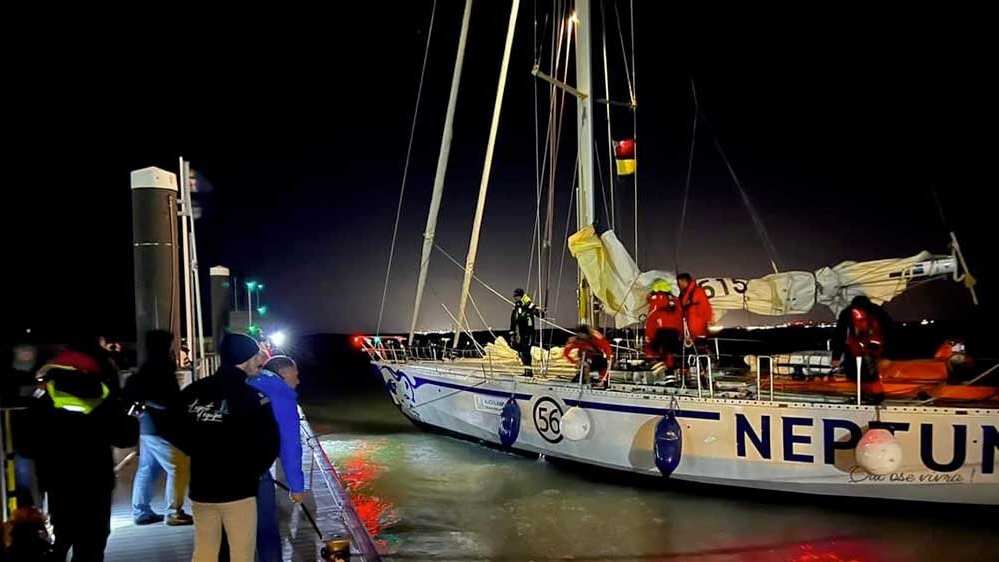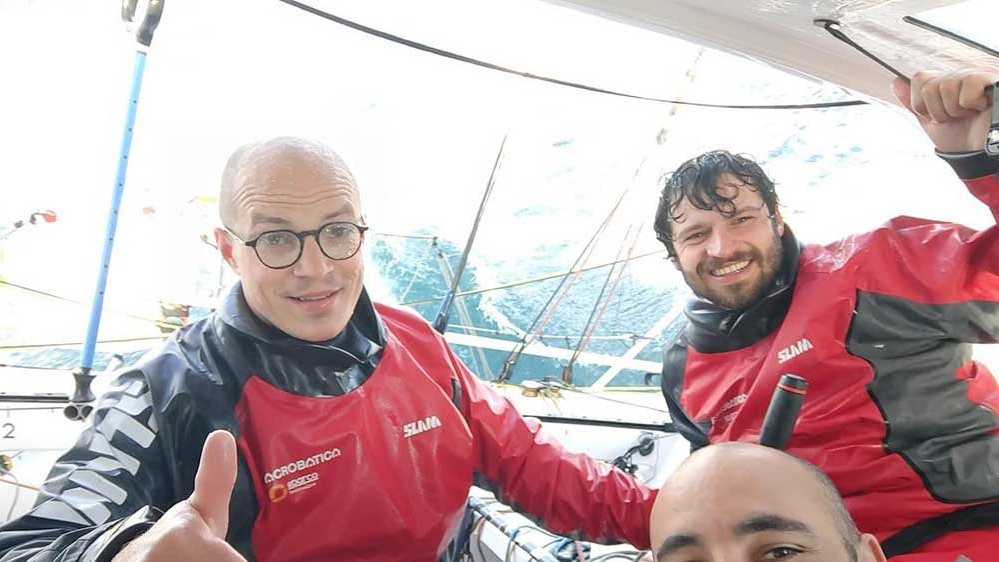Volvo Ocean Race / Leg 7
Iceberg Alley Ahead
lundi 29 avril 2002 –
The area called Iceberg Alley is located about 250 miles east and southeast of the island of Newfoundland, Canada. Iceberg Alley is usually considered to be that portion of the Labrador Current, that flows southward from Flemish Pass, along the eastern edge of the Grand Banks of Newfoundland, to the tail of the Banks.
The introduction of a prohibited area has made following the Gulf Stream even more important as the course avoiding the prohibited area closely follows the axis of the Gulf Stream. The fleet will therefore try to ride the Gulf Stream as far as possible taking advantage of favourable eddies in the stream. This adds to the complexity of the weather as the warm waters of the stream and the cold water to the north can develop violent weather patterns. The transition zone is known as the Cold Wall and it has a reputation for being an area of extremely volatile weather. The east end of the Cold Wall presents the greatest hydrodynamic contrasts in the world, the water changing from the olive or bottle green of the Arctic side to the indigo blue of the Gulf Stream, with temperature changes of 11 degree Celsius or more over short distances.
A combination of the US Coast Guard Ice Patrol service, their Canadian counterparts, and the numerous cargo ships working the north Atlantic keep a track of ice in the area. The International Ice Patrol flies aerial reconnaissance missions (using forward and side-looking radar), and those results are combined with the ship reports to create charts showing the "Limit of all Known Ice". This data is crucial for all shipping. Today’s ice chart, provided by the United States Coast Guard shows masses of icebergs at 43N 50W and 45N 45W. The shortest route from the Chesapeake Bay to La Rochelle would lead directly through this area. Still the yachts can see ice outside the restricted area.
While icebergs generally show on radar, the smaller pieces - called ’growlers’ and ’bergy bits’ - can get lost in the waves. At the speed of a V.O.60, hitting even a growler can mean serious damage.
The typical North Atlantic iceberg began life as snowfall over Greenland, somewhere in the 1,000 B.C. timeframe. As more and more snow falls, the weight of the snow compresses the older snow into solid ice - a glacier. Over time, the glacier slips toward the coastline and interacts with waves and tides, causing huge slabs to break off in the form of. It can take three years for an iceberg to make it south far enough to mess with the course of the Volvo Ocean Race.
Although each year brings slightly different steering currents, there is a general region that can be counted on for berg congestion. The International Ice Patrol has identified an ’iceberg alley’ about 250 miles east and southeast of Newfoundland. Flowing southward from Flemish Pass, the Labrador Current helps concentrate icebergs in the area.
In a cruel twist, nature created yet another hazard that exacerbates the problem - fog. The cool waters near the Grand Banks are a breeding ground for dangerously thick fog, making the chore of spotting ice all the harder.
For the Volvo Ocean Race organisers, crew safety is paramount, and the decision to avoid ice was probably easy.
Meanwhile the eight yachts in the Volvo Ocean Race have left the Chesapeake Bay and fanned out in search for the quickest way into the favourable Gulf Stream. The Gulf Stream gives the yachts an extra boost toward Europe. The navigators obviously have different views on how to get into the current as quick as possible. While ASSA ABLOY, illbruck, Tyco, News Corp and SEB go straight east ; staying closest to the direct course, djuice and Amer Sports One chose to stay to the south but within ten miles of the others tracks.
Amer Sports Too has sacrificed eight miles over the last six-hour period to sail away from the coast a right angles.
As the breeze is veering from the southwest to the northwest, the yachts will soon have to gybe.
Passage times Chesapeake Entrance Bridge :
![]() AONE - 0613GMT ; ILBK - 0615GMT ; AART - 0615GMT ; TYCO - 0624GMT ; NEWS - 0625GMT ; SEB - 0627GMT ; DJCE - 0636GMT - estimated ; ATOO - 0656GMT
AONE - 0613GMT ; ILBK - 0615GMT ; AART - 0615GMT ; TYCO - 0624GMT ; NEWS - 0625GMT ; SEB - 0627GMT ; DJCE - 0636GMT - estimated ; ATOO - 0656GMT
Volvo Ocean Race Position Report, Day 2, 0956 GMT
![]() PS Yacht Latitude Longitude DTF CMG SMG DTL DTL-C ETA PO
PS Yacht Latitude Longitude DTF CMG SMG DTL DTL-C ETA PO
![]() 1 AART 36 52.48N 075 06.08W 3348 123 8.7 0 -1 11/05/02 13:04 42
1 AART 36 52.48N 075 06.08W 3348 123 8.7 0 -1 11/05/02 13:04 42
![]() 2 ILBK 36 52.32N 075 06.08W 3348 123 8.8 0 -1 11/05/02 13:04 48
2 ILBK 36 52.32N 075 06.08W 3348 123 8.8 0 -1 11/05/02 13:04 48
![]() 3 TYCO 36 53.24N 075 07.76W 3349 123 8.9 1 -1 11/05/02 13:09 33
3 TYCO 36 53.24N 075 07.76W 3349 123 8.9 1 -1 11/05/02 13:09 33
![]() 4 NEWS 36 55.24N 075 09.00W 3349 122 8.5 1 -1 11/05/02 13:11 36
4 NEWS 36 55.24N 075 09.00W 3349 122 8.5 1 -1 11/05/02 13:11 36
![]() 5 TSEB 36 53.48N 075 08.96W 3350 124 9.3 2 -2 11/05/02 13:14 25
5 TSEB 36 53.48N 075 08.96W 3350 124 9.3 2 -2 11/05/02 13:14 25
![]() 6 AONE 36 49.00N 075 11.88W 3353 128 8.5 5 +5 11/05/02 13:32 35
6 AONE 36 49.00N 075 11.88W 3353 128 8.5 5 +5 11/05/02 13:32 35
![]() 7 DJCE 36 53.76N 075 15.36W 3355 127 8.3 7 +4 11/05/02 13:39 23
7 DJCE 36 53.76N 075 15.36W 3355 127 8.3 7 +4 11/05/02 13:39 23
![]() 8 ATOO 36 46.68N 075 26.92W 3366 141 9.3 18 +8 11/05/02 14:36 10
8 ATOO 36 46.68N 075 26.92W 3366 141 9.3 18 +8 11/05/02 14:36 10
Dans la même rubrique
Volvo Ocean Race / leg 7 : Up wind, wet weather start for Volvo Ocean Race leg seven
Volvo Ocean Race : The great circle route : preview leg seven Volvo Ocean Race
VOLVO OCEAN RACE : Crew changes for Volvo Ocean Race leg six winner News Corp
VOLVO OCEAN RACE / Baltimore : News Corp Wins Leg Six
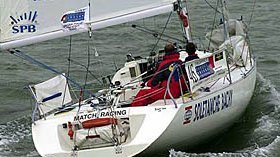 Photo : C.Borlenghi / Sea&See.it
Photo : C.Borlenghi / Sea&See.it
 Sea, Sail & Surf news
Sea, Sail & Surf news